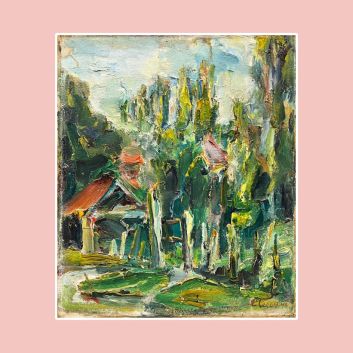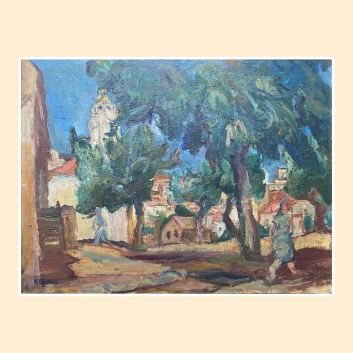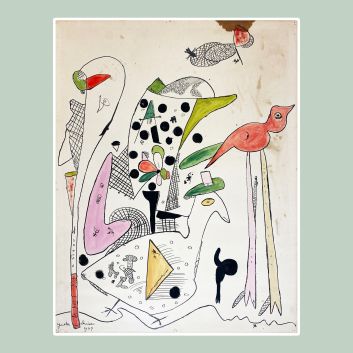Rating and value of works, paintings, drawings by Maximilien Luce

If you own a work by or based on the artist Maximilien Luce and would like to know its value, our state-approved experts and auctioneers can help you.
Our specialists will carry out a free appraisal of your work, and provide you with a precise estimate of its current market value.
Then, if you want to sell your work, we'll point you in the right direction to get the best possible price for it.
Artist's rating and value
Maximilien Luce's work is quite present and quoted on the auction market. His works arouse interest among collectors and art lovers, particularly those who appreciate the neo-impressionist movement and the artist's social commitment.
The most sought-after pieces are depictions of working-class scenes, cityscapes and industrial subjects.
A work by Maximilien Luce can fetch millions of euros at auction, as in the case of his paintingBaigneuseà Saint Tropez,which sold for over 3 million euros in 2022.
Order of value from the most basic to the most prestigious
Technique used | Results |
|---|---|
From €20 to €6,420 | |
Drawing - watercolor | From €20 to €114,340 |
Results | From €120 to €3,508,860 |
Response in less than 24h
The artist's works and style
Maximilien Luce, associated with the Post-Impressionist movement, is best known for his Divisionist technique. This process involved applying touches of pure color side by side on the canvas, creating an optical vibration and a particular luminosity when the colors were perceived from afar.
This way of working gave his works a sense of movement and light, as if the scene were coming to life before the viewer's eyes. Each color seemed to have its own vibration, and together they created a particular dynamic, a play of light and color that captured the viewer's attention.
The artist tackled a wide variety of themes: from urban landscapes to rural scenes, from harbors to work scenes. His paintings bear witness to his interest in the social and political realities of his time.
He not only depicted the beauty of nature and city life, but also the harshness of working-class life, with a realistic vision of everyday life. These themes, often imbued with compassion and social criticism, lent a profound dimension to his works.
Through his brushes, he made visible the hard work of men and women in often difficult conditions, capturing moments of struggle, but also of hope.
In addition to his divisionist technique, Luce was a master in the use of color. He chose bright, contrasting tones, capturing the effects of natural light and creating a vibrant atmosphere.
His compositions, rich in color, immersed the viewer in a reality where light and movement seemed to merge.
Light became almost a living material, moving across the canvas, giving his works a rare intensity. These interplays of color and light created total immersion, as if each painting offered a unique sensory experience.

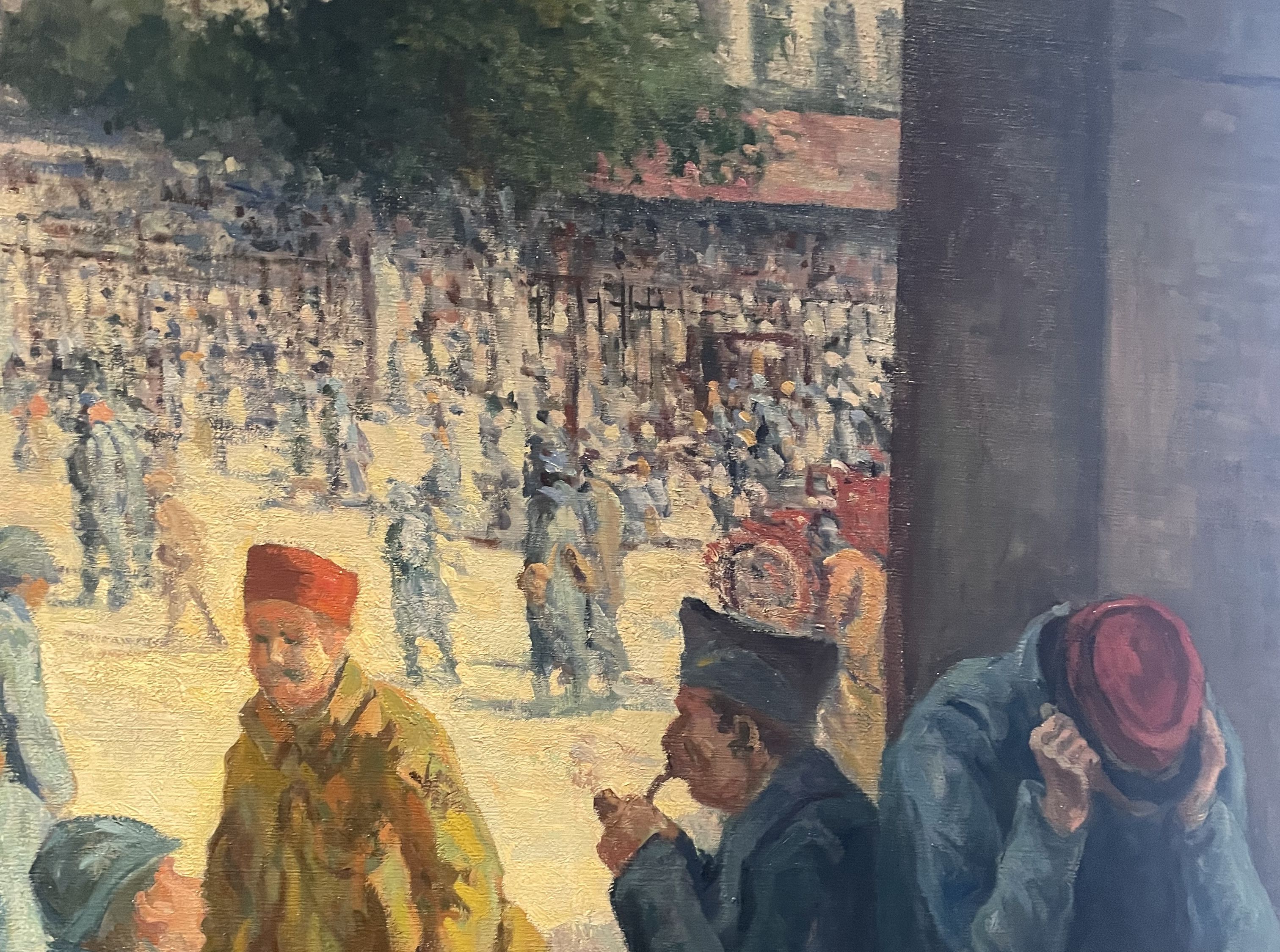
The life of Maximilien Luce
Maximilien Luce was born into a family of craftsmen in Paris in 1858. From an early age, he developed a passion for drawing, and joined a wood engraver's workshop.
This apprenticeship, a fundamental part of his training, fueled his curiosity for art and enabled him to master the precision techniques that would become essential to his career.
After several years of practice in the studio, he devoted himself entirely to painting in 1880, a choice that marked a decisive turning point in his life. Far from limiting himself to the conventions of his time, he constantly sought to push back the boundaries of his art.
Maximilien Luce was very much involved in anarchist circles, but he was not content with his artistic work. He used his pen and brushes to support his political ideals, producing numerous drawings for anarchist-oriented newspapers.
His commitment goes beyond art, and he takes part in the social conflicts of his time, ardently defending his convictions through his works. This militant dimension enriches his painting, lending it a social and political depth that can be seen in many of his works.
Luce found inspiration in the work of Camille Pissarro, and in the 1890s joined a circle of Neo-Impressionist artists who shared his innovative vision of painting.
Although deeply admiring of classical painting, particularly the works of Nicolas Poussin, it was in Divisionism that he found a real affinity.
Maximilien Luce's divisionism
This style, based on the juxtaposition of pure, complementary touches of color, creates a luminous vibration that gives a new dimension to his canvases.
Far from the conventions of the time, Luce explored technical processes that renewed the perception of light and color, while enriching the visual language of the Neo-Impressionist movement.
After a stay in the Hainaut region, Maximilien Luce developed a keen interest in the steel industry. This subject, often considered crude and unsightly, became an inexhaustible source of motifs and emotions for him.
Through his canvases, he succeeds in transcribing the poetic power of these industrial landscapes, reinventing his style to capture the hidden beauty of these scenes of work.
His unique view of urbanism and industry is reflected in works that, while deeply rooted in the social reality of his time, possess an emotional force that touches the viewer deeply.
Industrialization in his painting
Industrialization, in his work, becomes a field of experimentation where light, form and movement mingle, reinventing the art of his time and capturing the essence of modernity.
The artist is also interested in urbanism, another recurring theme in his work. His canvases bear witness to this constant search for the poetry hidden in city structures, bridges, streets and factory chimneys.
Luce manages to capture the effervescent rhythm of urban life, while translating into her compositions a quest for balance between human life and the machine.
Maximilien Luce died in 1941, leaving behind a prolific artistic output, rich in a wide variety of themes and techniques.
His work, which blends social realism and aesthetic research, remains a vibrant testimony to an artist deeply committed to his time, always seeking to reveal beauty in the most everyday and often ignored aspects of society.
Artists who influenced Luce
Maximilien Luce was deeply inspired by the works of Georges Seurat and Paul Signactwo major figures of Neo-Impressionism. In the 1890s, he joined this circle of avant-garde artists, sharing with them a fascination for light and color.
Although seduced by the classical harmony of painters like Nicolas Poussin, Luce embraced divisionism, a style that allowed him to translate the complexity of reality through pure, juxtaposed strokes of color.
This process, inherited from Seurat, gives his canvases a unique luminous intensity, capturing variations in light with near-scientific precision. Influenced by his contemporaries, he pushed the boundaries of traditional painting, exploring new ways of bringing the world to life on canvas.
Far from being content with the peaceful landscapes dear to Pissarrohe chose to paint urban and industrial scenes, becoming a witness to the upheavals of his time.
In contact with Paul Signac, Luce deepened her mastery of color, adopting an increasingly vivid and contrasting palette. These exchanges fueled her reflections on the transformation of modern cities, and her compositions became an experimental ground for light and matter.
Fascinated by the rise of metropolises and industrial landscapes, he captures the sometimes hidden beauty of factories, busy streets and working-class suburbs.
Maximilien Luce succeeds in transcribing, with singular sensitivity, the effervescence of urban life and the harshness of the working world, reviving a theme dear to artists such as Jean François Millet.
His works, while following in the footsteps of the great names of Neo-Impressionism, reveal a personal and committed view of a society in the throes of change.
By remaining faithful to the principles of Divisionism while exploring less conventional subjects, Luce leaves a strong imprint on the history of art, that of an artist deeply tied to the realities of his time, but always in search of unexpected beauty.
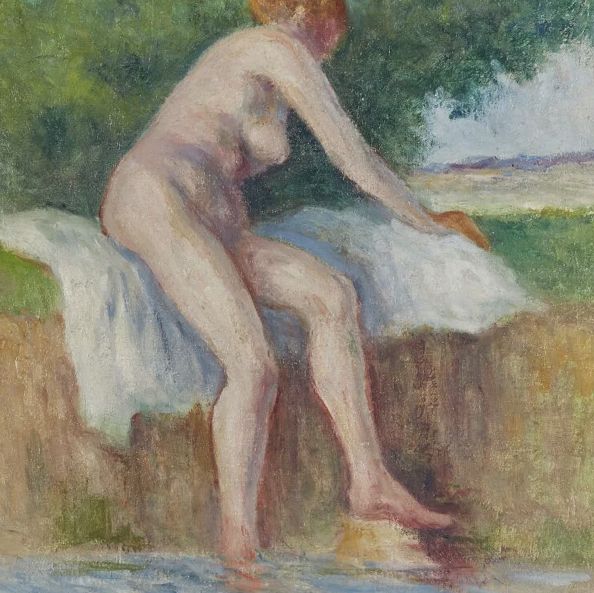
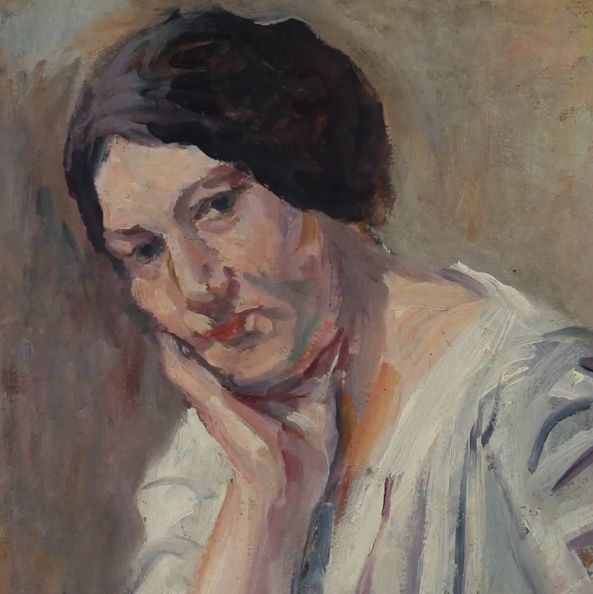
Focus on Usines de Saint Denis, Maximilien Luce
In Les Usines de Saint-Denis, Maximilien Luce chose to depict a lively industrial landscape at the heart of modernity. Using a divisionist technique, he plays with pure, precisely juxtaposed strokes of color to capture the light.
The massive chimneys belch out wisps of white smoke, creating a striking contrast with the cold blue sky. The scene, bathed in an almost unreal light, seems to vibrate, as if every element in the painting were in motion.
Luce doesn't just paint buildings and machines. He shows us a living scene, marked by human activity, where every detail tells the story of the workers' lives.
The interplay of cold colors and warmer touches reflects the duality of this changing world: the harshness of industry versus the beauty of natural light.
Far from being a simple illustration of the industrial landscape, this work is a testimony to the period. Luce reveals his fascination for the working class, while highlighting the transformation of cities by industrialization.
His mastery of color and light gives this scene a special intensity, where raw reality blends with an almost poetic vision. Les Usines de Saint-Denis thus becomes an open window on a changing world, captured with the sensitivity of a committed artist.
His signature
Not all Maximilien Luce's works are signed.
Although there are variations, here's a first example of his signature:
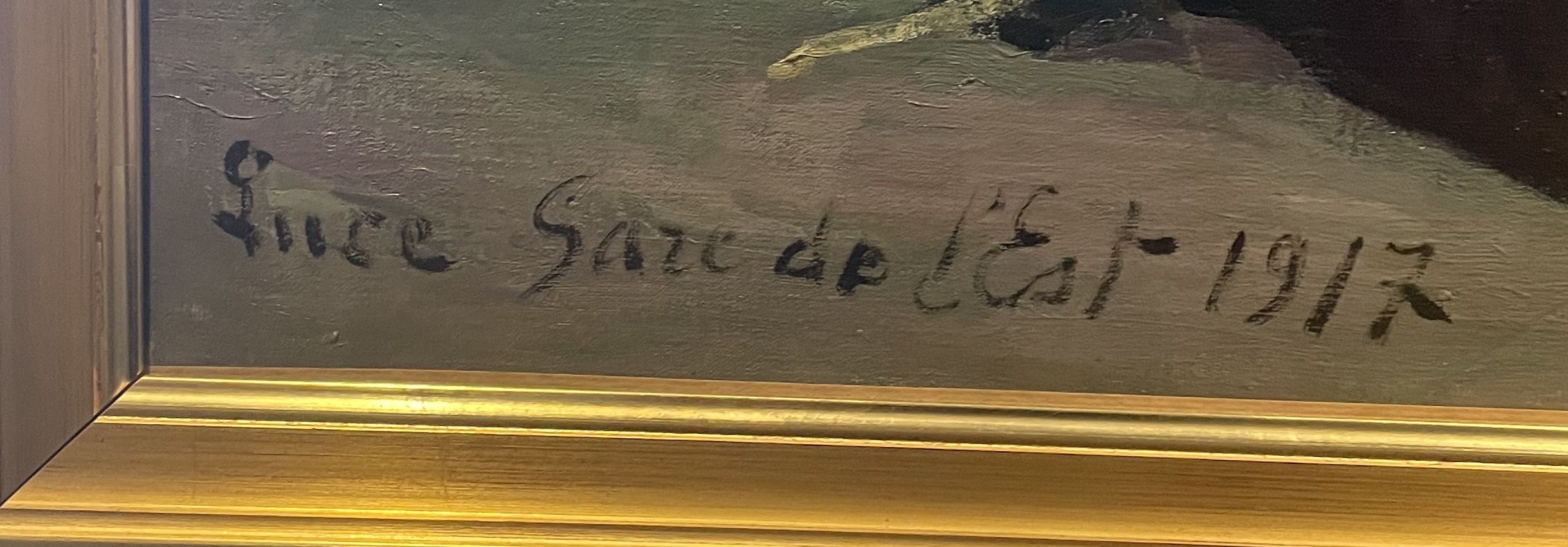
Our team will be happy to help you identify your artwork.
Appraising your property
If you own one of Maximilien Luce's works, don't hesitate to request a free appraisal by filling in our online form.
A member of our team of experts and certified auctioneers will contact you to provide an estimate of the market value of your work.
If you are considering selling your work, our specialists will also guide you through the various alternatives available to obtain the best possible price, taking into account market trends and the specific features of each work.
Response in less than 24h
Related topics

Value and rating of Daum lamps
Daum, a glassmaker founded in the 19th century, has produced a number of highly prized sales at auction.
Read more >
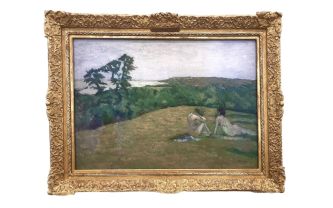
Rating and value of works, paintings by Ker-Xavier Roussel
Ker-Xavier Roussel is a twentieth-century Nabi painter who has produced much-appreciated works that have a stable value at auction.
Read more >
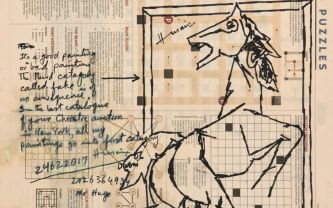
Rating and value of paintings by Maqbool F...
Maqbool Fida Husain is a twentieth-century Indian painter who has produced highly successful works at auction.
Read more >
Secure site, anonymity preserved
State-approved auctioneer and expert
Free, certified estimates

